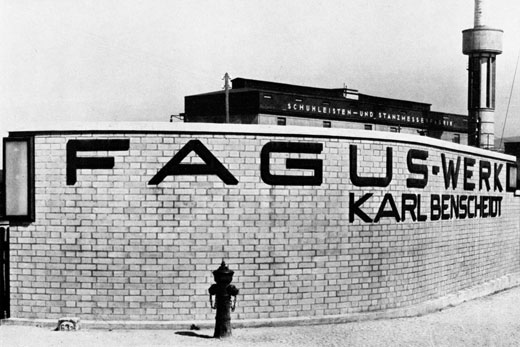Emory's Art History Department presents the Lovis Corinth Symposium on German Modernism, March 8-9 in the Michael C. Carlos Museum Reception Hall. Eleven speakers will consider the painting, photography, architecture and literature associated with the New Objectivity style of art in the Weimar Republic of the 1920s and 30s.
Todd Cronan, Emory assistant professor of art history, put together a mix of scholars in the field of German modernism and a new group of speakers from a diverse range of fields, including English, literature and architecture.
"Although the speakers are some of the most respected names in the field of German and American Modernism, they are also among the most engaging and popular speakers working in academia today. There's little doubt that anyone with an interest in modern art will find these talks compelling," says Cronan.
University of Illinois professor Walter Benn Michaels will present the keynote "The Art of Inequality: Sander and Evans," comparing the photographic work of August Sander and Walker Evans, two major representatives of the complicated political art of the 1930s. Michaels will ask the question: What does political art look like now and then?
Brigid Doherty, associate professor at Princeton, will present "Rilke's Magic Lantern: Suggestion and Metaphor in the 1905 Rodin Lecture" for another keynote address.
Other speakers will take up a range of artistic, political and cultural problems of one of the most controversial and difficult periods in the history of art.
This academic symposium is accessible for a broad audience, says Cronan. "This event aims to be different in that the speakers are young, lively, engaging, and for the most part, accessible to non-specialist audiences," he says.
"It's also an important but surprising fact that although German Modernism is some of the most beloved art and literature of the 20th century – for example, Wassily Kandinsky, Paul Klee [and] Rainer Rilke, it gets little attention compared to its French and American counterparts. This symposium aims to change the narrative on modern art to make German Modernism as central to the canon as the art made in France and America at the time," Cronan says.
See the full list of speakers and topics at www.arthistory.emory.edu.

